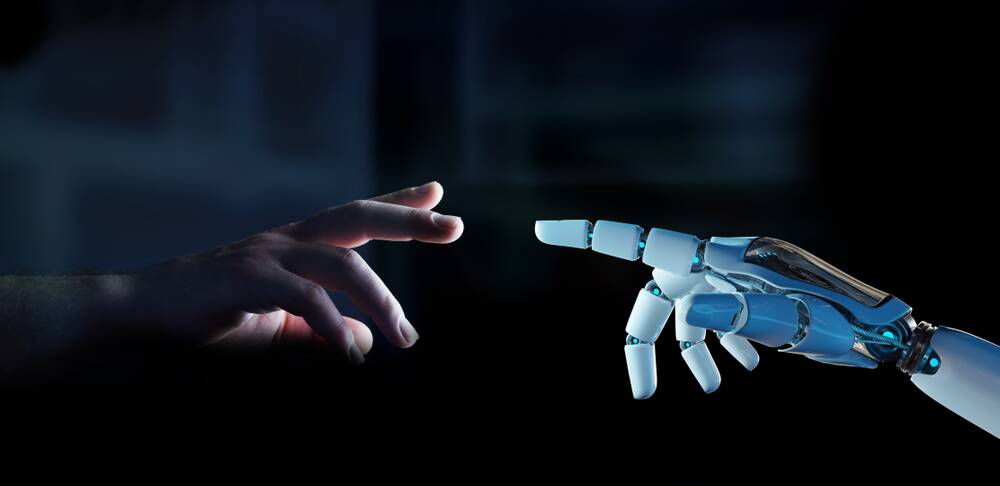Robot revolution: How has automation transformed daily our lives?

This is branded content.
It's no secret that technology is an omnipresent force to be reckoned with in today's day and age.
Over the last couple of decades, automation has slowly found its way into every industry, from product manufacturing to assembly and everything in between.
Automation has also greatly changed how we live our day to day lives, with smartphones, computers and even smart home devices that are now simply the norm in most households.
Today, we have a look at how automation has truly transformed our daily lives for the better, so read on to find out more.
Home is where the heart is
Smart homes have become incredibly popular in recent times and have provided homemakers with a wide variety of options that are here to help ease the burden of daily chores and responsibilities.
A smart home is essentially one that is fitted with various automated systems for lighting, security,or any other feature that can be electronically controlled.
This allows homeowners to remotely monitor their homes via computers and smartphones with much ease.
It doesn't just stop there, though -- gadgets such as robot vacuum cleaners and mops have completely changed the game when it comes to dealing with daily chores such as vacuuming and mopping.
Spending endless hours on chores is no longer a necessity thanks to automation which has allowed us to maximise our time in the most effective and efficient ways possible.
Ensuring the safest drive
Thanks to advancements in technology, driving a car is now safer than it has ever been before.
Automated vehicles and driver assistance technologies have enabled us to significantly reduce the number of crashes and accidents that happen on the road in order to prevent serious injuries and save lives.
Features such as adaptive cruise control help drivers maintain a desired speed on highways and can alleviate the stress of long drives by minimising the amount of time one has to use the accelerator.
Another huge milestone we have made in recent years is the introduction of self-driving cars which are proven to reduce the chances of crashing by up to 94 per cent.
Saving lives with medical robotics
The idea of using robots to assist in surgery is one that began over half a decade ago.
PUMA 560 was the first surgical robot used in 1985 during a stereotaxic operation, in which computed tomography was used to guide PUMA560 as it inserted a needle into the brain for a biopsy procedure.
Fast forward to 2021 and robotic surgery is now widely used all around the world, with excellent success rates, ranging between 94 per cent and 100 per cent.
Compared to traditional surgery, robotic surgery is less invasive, reduces pain/scarring and can even help accelerate recovery times for patients.
Robotic surgery also offers surgeons a greater range of precision and motion which can lead to less bleeding and post-operative pain.
Improving how businesses operate
If you run a business, you are probably already familiar with automation software.
Most commonly used to manage the accounting and finance department, automated software offers businesses the tools to efficiently and effectively manage finances, payroll and can even help streamline processes such as monthly billing and annual expenses.
Most automated software for business is incredibly user friendly and designed to eliminate costly errors and save both time and money on administrative labour since repetitive and time-consuming tasks are done automatically.
Creating a safer work environment
Last but not least, we can't ignore the fact that automation in the workplace has eliminated the need for employees to carry out risky or repetitive tasks that could lead to injury or even death.
According to statistics, there were over 2.9 million workplace-related injuries in 2019, 25 per cent of which occurred in the manufacturing industry which has been deemed as one of the most dangerous industries for employees.
Thankfully, more and more manufacturing plants are now utilising automation that can help keep humans protected from costly workplace injuries, thus creating a safer, healthier and happier environment for both employees and employers.
_____________
As you can see, automation has played a massive role in the various aspects of human life.
From something as humble as cleaning your home to the complex world of microsurgery, automation is here to stay and is expected to continue improving our lives for years to come.


